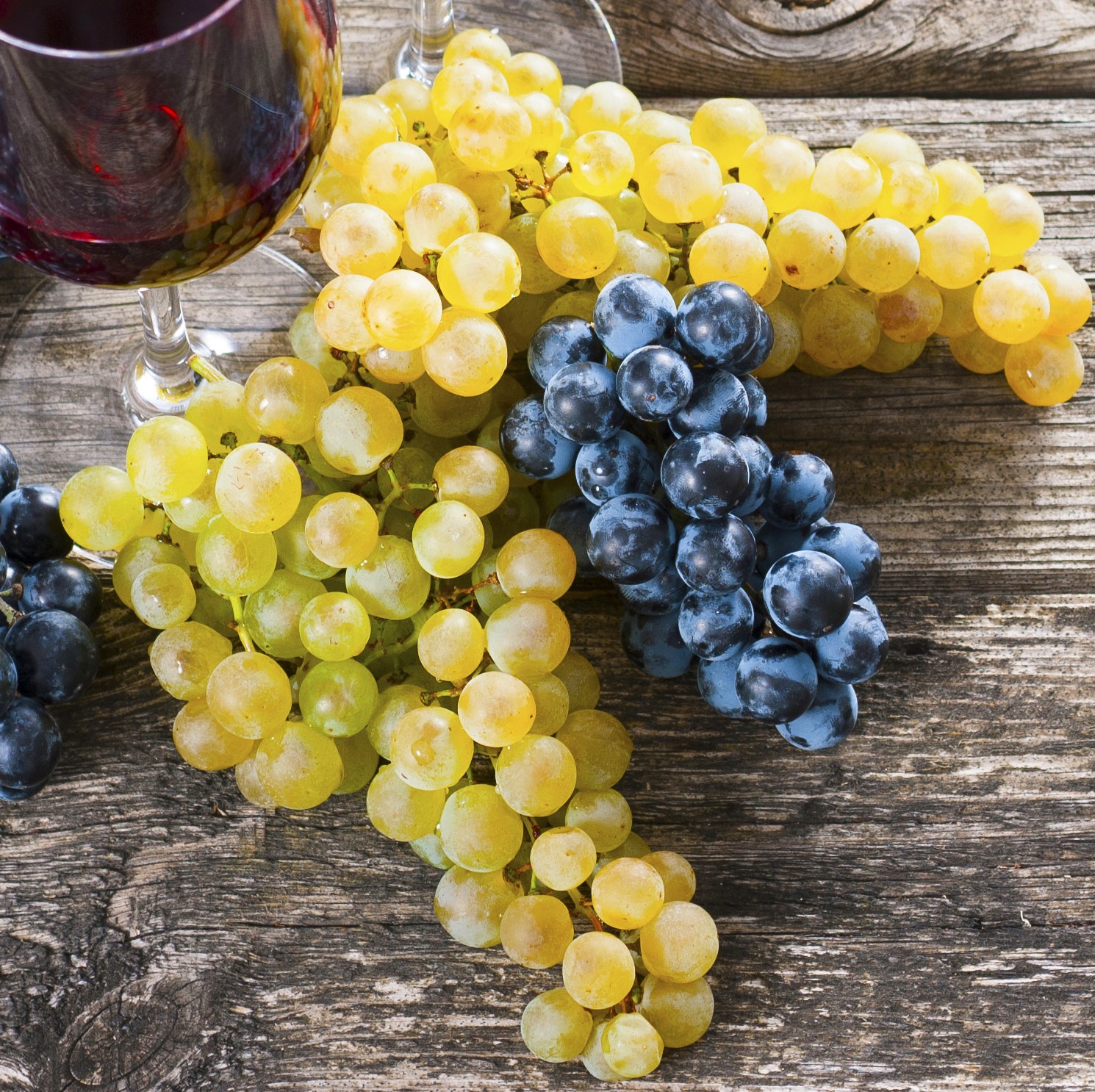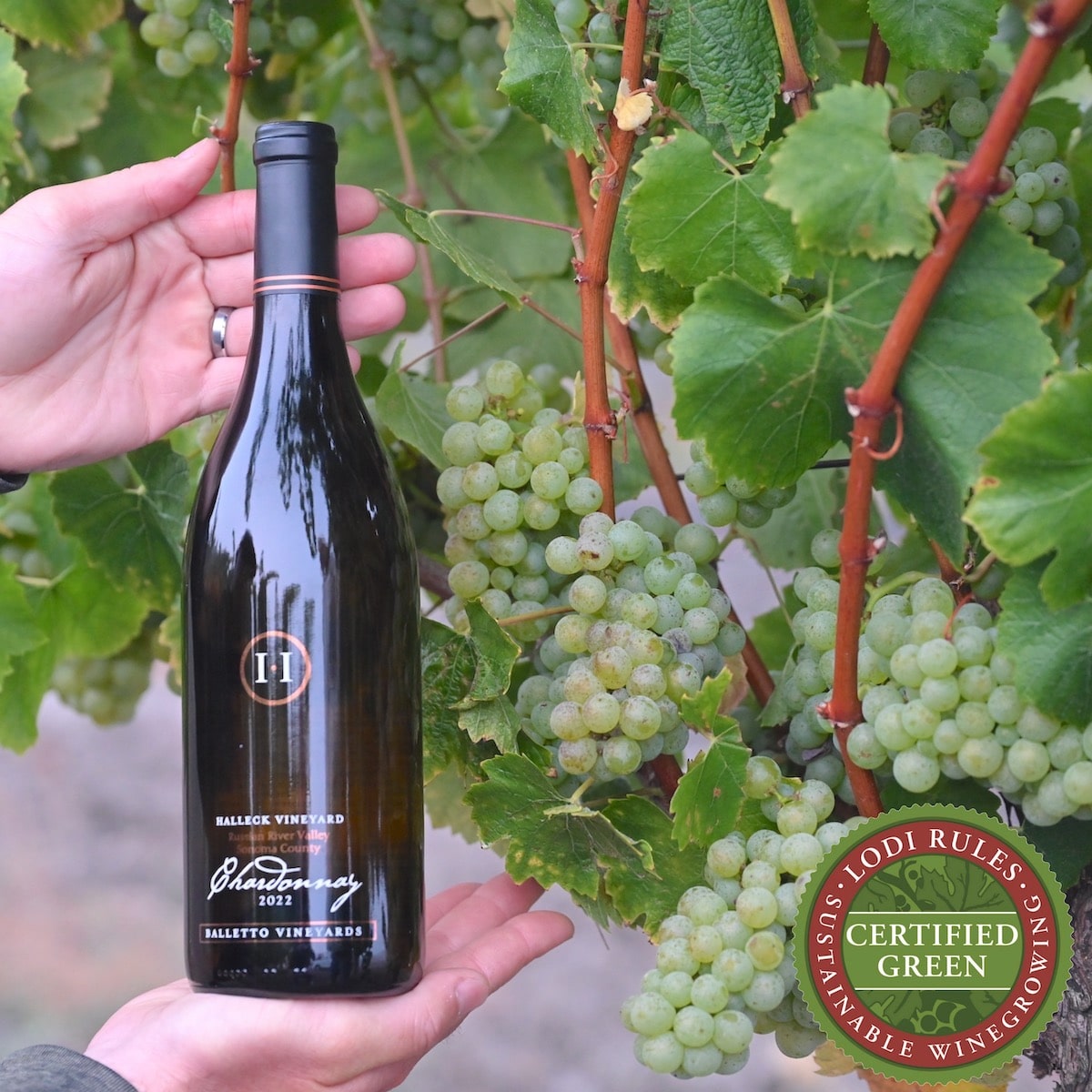Planning the Ultimate Wine Tasting Day in Sebastopol
Planning the Ultimate Wine Tasting Day in Sebastopol
Blog Article
Private Wine Tours: Discover Hidden Treasures 95405
Understanding the nuanced vocabulary associated with winery wine tasting is essential for each novices and seasoned connoisseurs alike. Every term brings to life the experience of tasting wine and may improve one’s appreciation of the numerous intricacies involved. Wine tasting is extra than just drinking; it's an art that entails numerous senses and emotions.
To start with, the term "nose" refers to the aromas one detects when smelling the wine. This is a crucial step because the bouquet sets the stage for the tasting experience. Notes of fruit, spice, earth, and wooden could mingle, providing a glimpse of what the palate would possibly verify. Understanding "nosing" the wine can dramatically elevate one's sensory journey.
Another key side is the term "physique." The body of the wine describes its weight and fullness on the palate. A full-bodied wine has a robust presence and tends to linger longer after swallowing. Conversely, light-bodied wines may feel extra delicate and refreshing. Recognizing the physique helps tasters assess the wine's construction and balance.
No Reservation Tasting Rooms in California for a Laid-Back Experience
The idea of "tannins" is vital in pink wine tasting. Tannins are compounds derived from grape skins, seeds, and stems, contributing to a wine's texture and getting older potential. High tannin wines typically lead to a dry mouthfeel, while lower tannin ranges yield a smoother experience. This distinction is particularly essential when pairing wines with food, as tannins can both complement or conflict with certain dishes.
In addition to tannins, "acidity" plays a big function within the wine tasting experience. Acidity gives wine its crispness and liveliness - Experience the Hidden Gems of Sebastopol Wineries. Wines with higher acidity are typically refreshing and energizing, making them excellent companions for a big selection of foods. Recognizing acidity can drastically improve one’s food-pairing capabilities and total tasting enjoyment.
When delving into the flavor profile of a wine, one might encounter the term "finish." The finish refers again to the aftertaste that lingers in the mouth after swallowing. A lengthy finish is usually related to high-quality wines, as it signifies complexity and depth. A brief finish might counsel a less complicated wine. Knowing the way to consider the finish can reveal a lot a few wine's character.
Exploring the "vintage" can additionally be integral to wine tasting terminology. The vintage denotes the yr by which the grapes had been harvested. Totally Different years can yield vastly different outcomes due to variations in local weather conditions. For occasion, a sizzling summer time can produce extra concentrated flavors, while a cooler yr would possibly yield extra subtle, nuanced wines. Understanding vintage allows for a deeper appreciation of a wine’s origin and potential.
Favorite Vineyard Picks in Sebastopol and Surrounding Areas 95468
The term "terroir" encompasses the geographical and environmental components that contribute to a wine's unique character. Components corresponding to soil type, local weather, elevation, and topography all play a task in the flavor and high quality of the wine. This connection to put helps one perceive why wines from totally different regions can taste so distinctively totally different, even when produced from the identical grape variety (Wine Roads in California for Your Best Adventure).
When participating with wines, the phrase "leg" refers again to the droplets that type on the within of the glass after swirling. These droplets can indicate the wine's alcohol content and viscosity. Whereas observing the legs may not immediately relate to the wine’s style, it adds to the overall experience and intrigue of wine tasting much less clear.
Enjoy at the Picturesque Vineyards of California's Wine Country 95405
A extra particular term that will arise during tastings is "oak." The influence of oak barrels on wine can impart flavors such as vanilla, toast, or spice. The degree of oak growing older can differ broadly amongst wines, click here for more info affecting each aroma and style. Understanding oak therapy provides insights into the winemaker’s decisions and the ensuing complexity of the wine.
In wine tasting, one may additionally hear the term "palate." The palate refers again to the total taste experience in the mouth. This encompasses sweetness, bitterness, acidity, and body. A well-balanced palate is essential for a harmonious tasting experience, and recognizing any imbalances helps assess the quality of the wine.
The experience of wine tasting is greatly enriched by understanding the terminology that accompanies it. Each term serves a purpose, enhancing the ability to convey thoughts and emotions in regards to the wine one's experiencing. This vocabulary bridges communication between tasters, sommeliers, and winemakers alike.

To totally get pleasure from wine tasting, it is important to have interaction all senses. The sight of the wine, its colour, and readability can present perception into its age and quality. Swirling the wine releases aromas that heighten the olfactory experience, while the actual tasting permits for a whole analysis of the wine's profile.
Enjoy Alfresco Wine Tastings in Wine Country 95433
In conclusion, understanding the detailed explanation of winery wine tasting terminology greatly enhances the experience of tasting. Each term invites the taster to interact extra deeply with the wine, encouraging connections to the senses, the winemakers, and the lands the place the grapes are grown. This nuanced vocabulary creates a richer, extra fulfilling wine tasting experience.
- Aroma refers to the scents launched by the wine, which can indicate its grape variety and influence the tasting experience.
- Tannins are natural compounds found in grape skins, seeds, and stems, contributing to the wine's construction and getting older potential.
- A end, or aftertaste, is the lingering flavor sensation that remains on the palate after swallowing, often a key indicator of quality.
- Body describes the weight and fullness of wine in the mouth, generally categorized as light, medium, or full-bodied.
- Terroir denotes the unique environmental characteristics of a vineyard that affect the taste and quality of the wine, including soil type and local weather.
- Acidity is a important part that contributes to a wine's freshness and stability, impacting its growing older capability and total flavor profile.
- Vintage indicates the year grapes have been harvested and plays a significant role in determining the wine's traits, reflecting particular climatic conditions.
- Decanting involves pouring wine from its bottle into one other vessel, permitting it to aerate and enhancing its flavors and aromas.
- A corked wine may be tainted by a defective cork, leading to musty or off-putting flavors that detract from the wine's meant profile.
- The term “legs” refers to the droplets that cling to the inside of a glass after swirling, typically associated with the wine's alcohol content material and viscosity.undefinedWhat is the that means of "nostril" in wine tasting?undefinedThe "nostril" refers back to the aroma profile of the wine, which is detected via the sense of odor. It's a vital side of wine tasting, as aromas can reveal lots concerning the grape variety, winemaking process, and getting older.
How ought to I properly taste wine?undefinedTo style wine successfully, comply with these steps: observe the color, swirl the wine to aerate it, take a delicate sniff to seize the aromas, sip and let it coat your palate, and eventually, note the finish. This method helps in appreciating the wine’s complexity.
What are "tannins" and the way do company website they have an effect on wine?undefinedTannins are natural compounds present in grape skins, seeds, and stems that contribute to a wine's construction and astringency. They can create a drying sensation in the mouth, they usually additionally play a role in the wine's getting older potential.
Customized Wine Tours: Discover Hidden Treasures 95405

What does the term "balance" imply in wine tasting?undefinedStability refers to the concord between the totally different components of a wine, such as acidity, sweetness, alcohol, tannin, and flavor depth. A well-balanced wine will have every of these components supporting each other rather than overpowering the others.
What is the importance of "terroir" in wine tasting?undefinedTerroir encompasses the environmental factors—such as soil, climate, and geography—that affect the characteristics of the wine produced in a selected region. Understanding terroir helps tasters recognize the distinctive qualities that completely different regions impart to their wines.
What does "vintage" imply and why is it important?undefined"Vintage" indicates the yr when the grapes were harvested. It is crucial as a outcome of it impacts the wine’s quality and traits, as weather circumstances during the growing season can considerably influence flavor profiles and aromatics.
What are "legs" and what do they signify?undefined"Legs" discuss with the droplets that form and run down the inside of a glass after swirling wine. Whereas they can point out alcohol content material and viscosity, they do not decide quality—this is extra about personal perception of richness.
Experience Unique Wine Tastings in Russian River Valley
What does "full-bodied" mean versus "light-bodied"?undefined"Full-bodied" wines are rich, dense, and infrequently have greater alcohol content and complicated flavor profiles, while "light-bodied" wines are extra delicate and refreshing with a decrease alcohol content. This distinction helps tasters perceive the expected weight and mouthfeel of the wine.
How can I identify fruit flavors in wine?undefinedTo determine fruit flavors, consider the aroma and style profiles. Swirl the wine, inhale deeply to capture the bouquet, and give attention to particular characteristics. Familiarity with typical fruit profiles of assorted grape varieties can enhance this identification course of.
What is "finish" in wine tasting?undefinedThe "end" refers again to the aftertaste that lingers in the mouth after swallowing. A lengthy, complex end is often an indication of quality in a wine, because it reflects the depth of flavor and general craftsmanship in the winemaking course of. Report this page